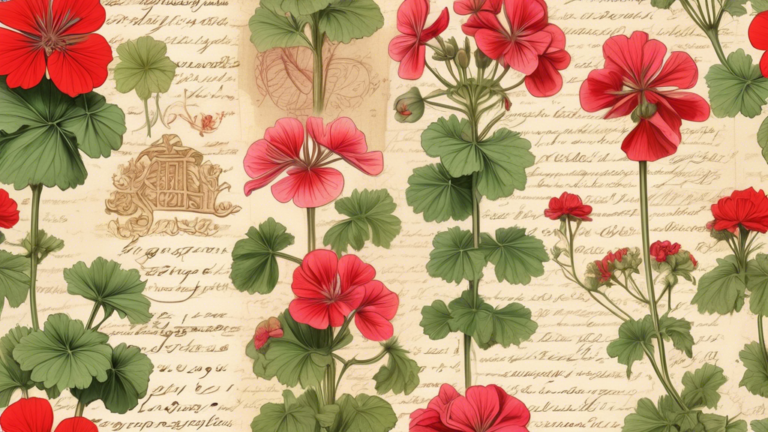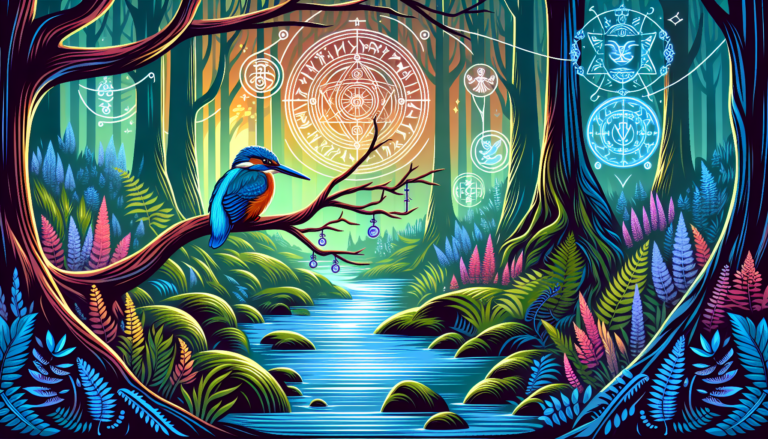Exploring the Symbolism of Chameleons
Introduction to Chameleon Symbolism
Chameleons, fascinating and unique reptiles known for their color-changing ability, hold a distinctive place in various cultures and symbolisms around the world. These creatures capture our imagination not only with their physical adaptations but also through the rich symbolic meanings they carry. Exploring the symbolism of chameleons reveals how these reptiles are perceived as more than just animals; they are powerful symbols in human culture, mythology, and psychology.
Historical and Cultural Symbolism of Chameleons
Throughout history, chameleons have intrigued many civilizations. In ancient Greece, the chameleon was linked to the god Apollo, symbolizing the sun and prophecy. This association highlights the chameleon’s ability to foresee events through its ever-watchful eyes, constantly moving independently of each other.
In African cultures, particularly within Malagasy folklore, chameleons are often seen as bearers of eternal wisdom and protectors of life. A common theme is the chameleon’s connection to creation and the continuation of life, where they are sometimes seen as mediators between humans and the gods. This is largely due to their slow and deliberate movements, suggesting a deep connection to a time when the earth itself was forming and changing.
Chameleons in Native American Beliefs
In Native American symbolism, the chameleon is often associated with adaptation and survival strategies. The ability of the chameleon to change its color to match its environment is viewed metaphorically, teaching the importance of adaptability and camouflage in physical and spiritual forms.
Psychological and Personal Reflections
On a psychological level, chameleons are frequently interpreted to signify adaptability, change, and insight. The chameleon’s capacity to adapt its color based on external conditions serves as a metaphor for human adaptability in social or emotional contexts. It challenges individuals to consider how they might adjust their own behaviors or beliefs in response to their surroundings.
Chameleons as Spiritual Symbols
In spiritual terms, chameleons can represent sensitivity, intuition, and inner changes. The subtle and deliberate way a chameleon engages with its environment may encourage a deeper introspection into one’s own thoughts and feelings, suggesting a call to internal growth and emotional regulation.
The Dual Nature of Chameleon Symbolism
However, the symbolism of chamelesons is not universally positive. In some cultures, they can also represent inconstancy and insincerity, stemming from their ability to change colors. This dual-natured symbolism reminds us that adaptability, while often necessary, can lead to perceptions of untrustworthiness or deceit.
From a modern standpoint, chameleons can also symbolize the capacity to thrive under varying circumstances and the importance of being receptive to change. This makes them particularly relevant in today’s fast-changing world, where the ability to adapt can be linked to personal and professional survival.
Conclusion
The symbolism of chameleons is multi-layered, drawing from cultural, historical, and psychological contexts. Whether viewed as emblems of adaptability and wisdom, or symbols of inconsistency, chameleons compel us to reflect on the themes of change and resilience. They encourage an understanding, not only of the environment around us but also of the internal landscapes we navigate in our daily lives.</ness.
The Symbolic Meaning of Rhinos: Ancient Representations and Modern Associations
Exploring the Symbolic Meaning of Cheetahs
Exploring the Symbolism of Black Beetles
Exploring the Symbolism of Honeysuckle in Different Cultures







